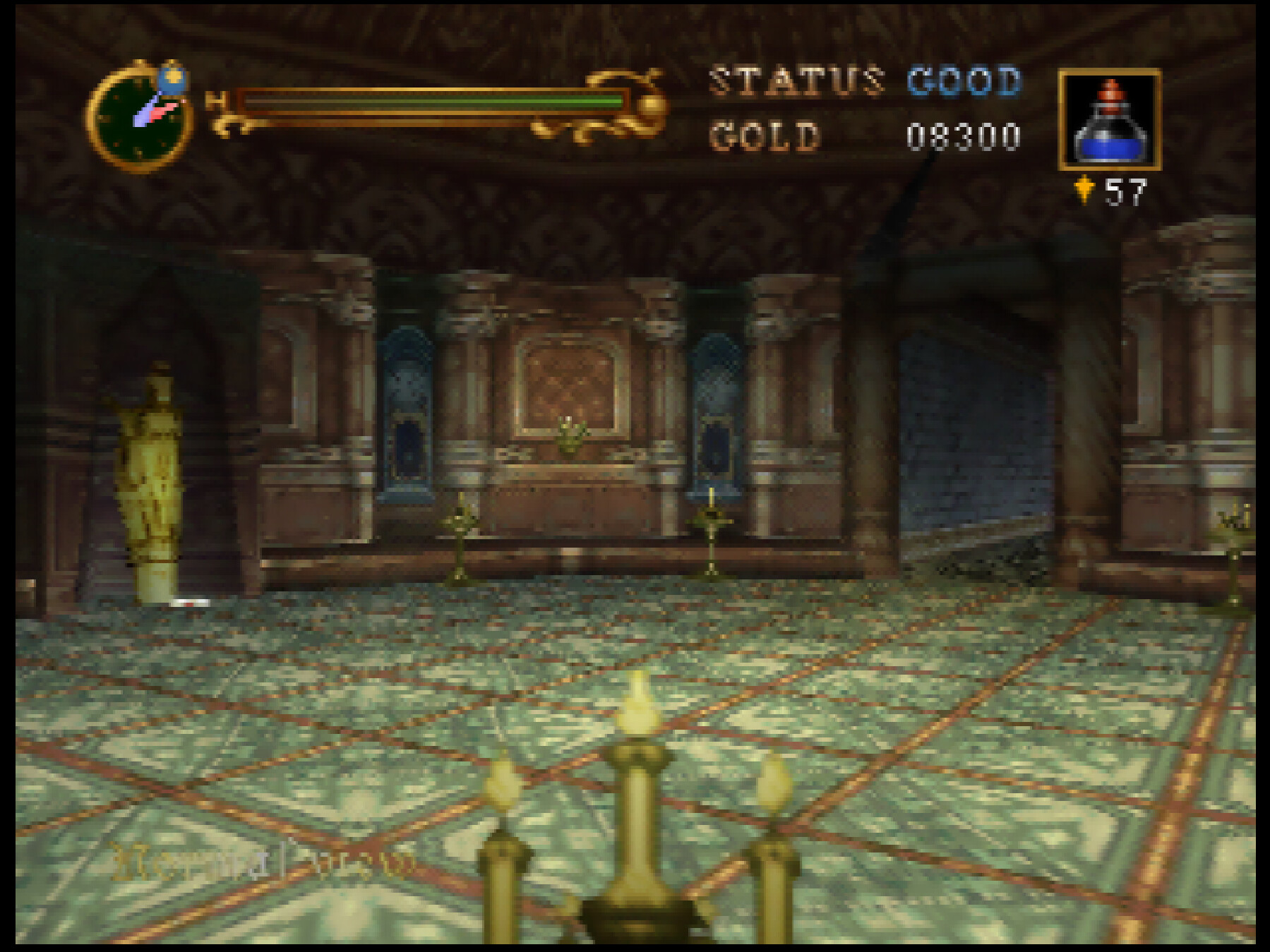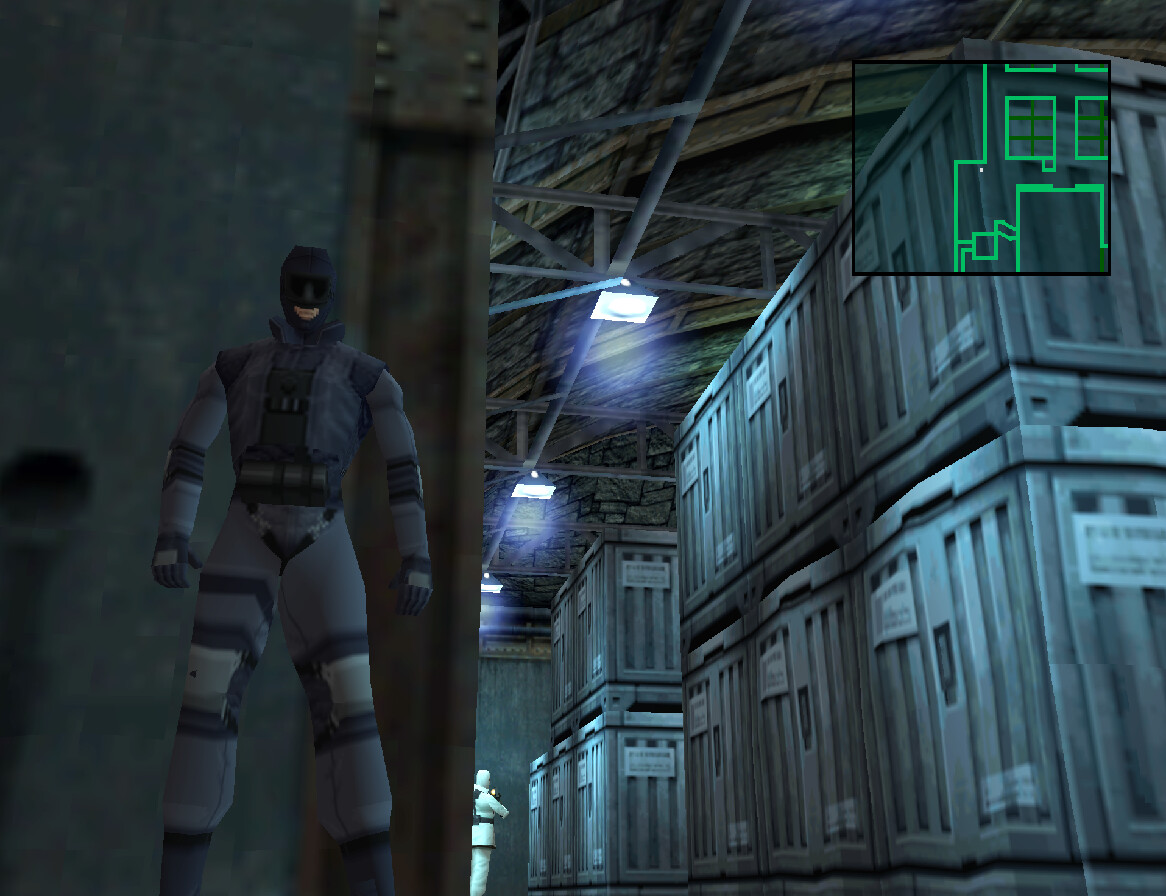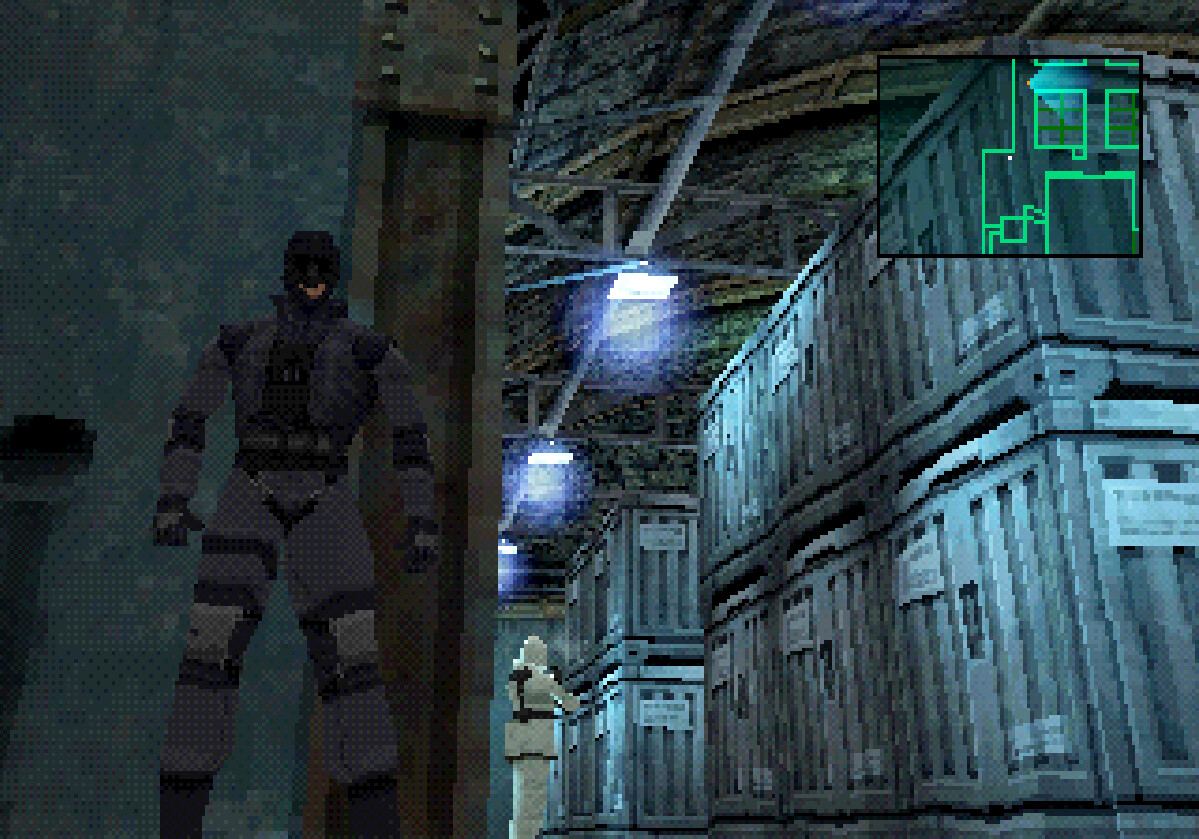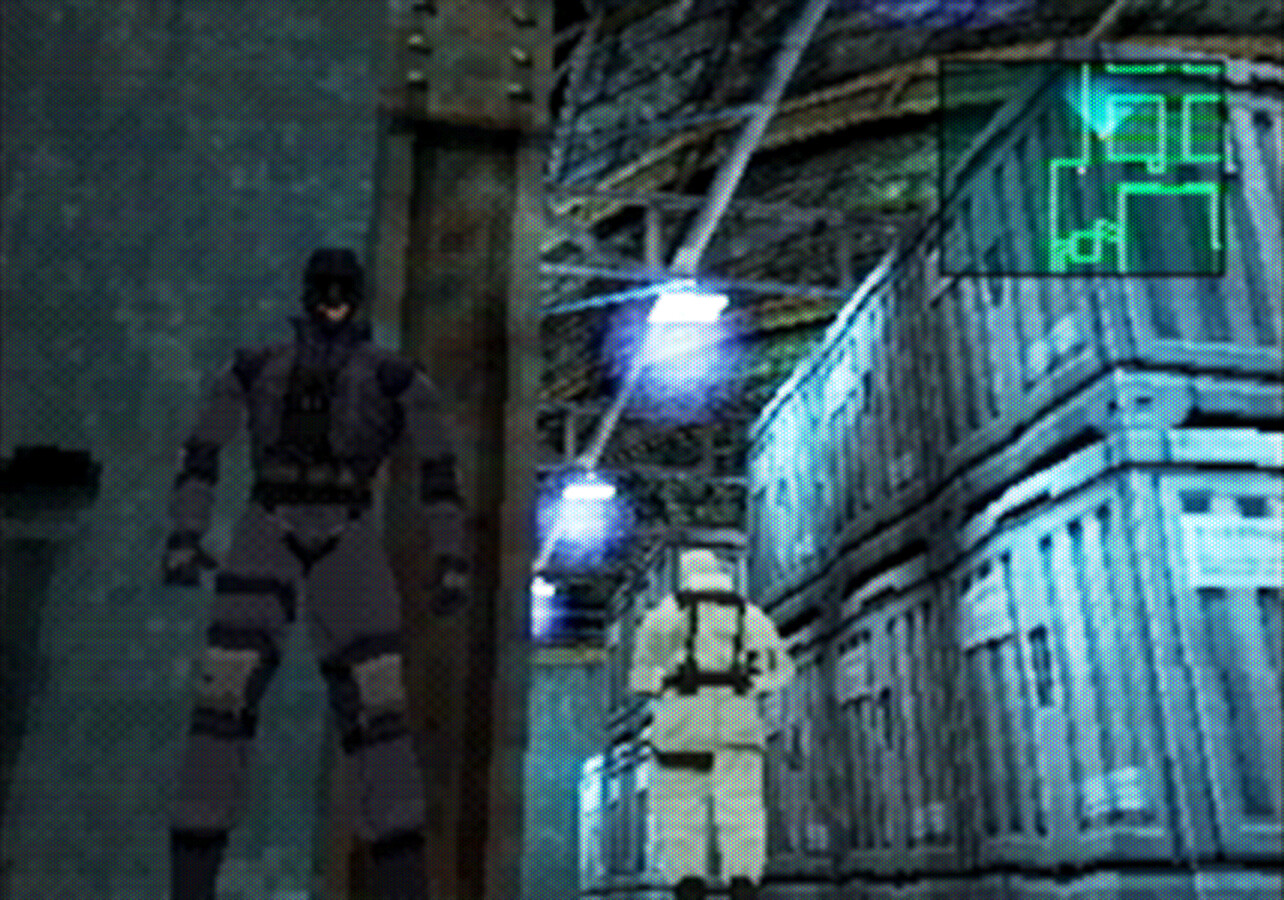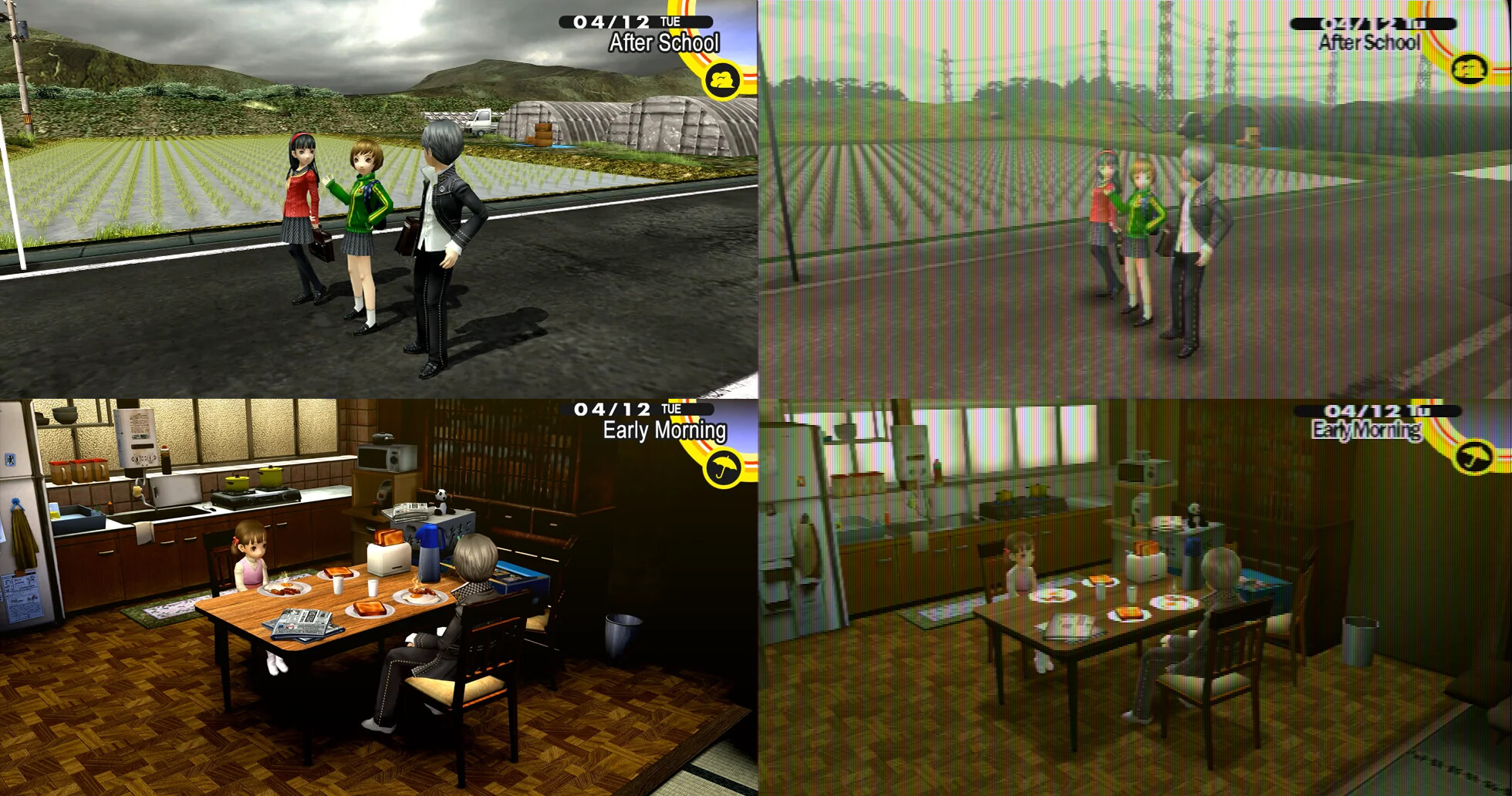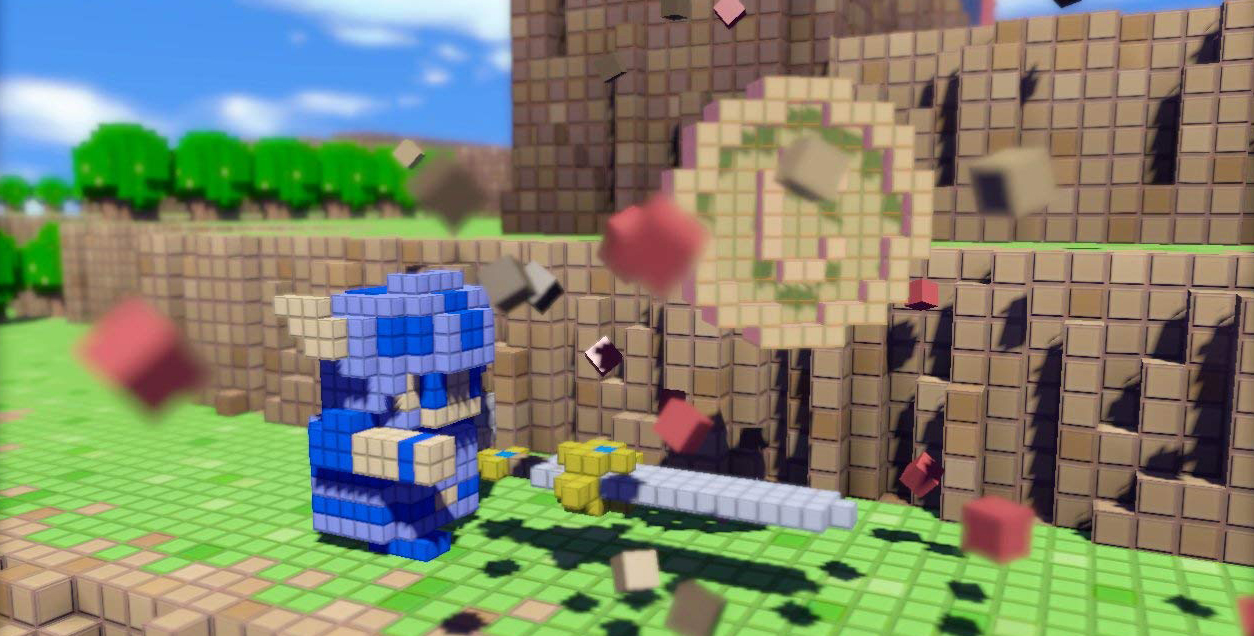Toy is a term I've been using among friends(It's Mirai, it's always Mirai) lately. A term I can use, talking from anything old video game remakes, to character designs, negatively or positively. Of course this doesn't help me when I want to use the term publicly. Saying something is a toy invokes a lot of different often contrasting ideas. So for the sake of clarity, I want to share my definition.
Also to be clear, I'm going to be talking a lot about remakes and remasters, but this isn't about them. Anyone who has read my writing already knows how I stand on these topics. This is about the term.
What is a Toy
What is a toy in this context? In modern times what we call a toy could be a complete, sophisticated building system, or something that is a hobby all into itself. When I'm saying toy here, I mean something older.

Toys, as they were, for thousands years(Kinda glossing over the Cup and Ball tbf). Concept, reduced down into a caricature representing their most important traits. A policeman distilled down to a hat, a firefighter distilled down to the color red. Vague shapes without limbs. A wooden toy knight, cherished by a medieval child.
A toy isn't trying to be the thing it's representing. It's a symbol. A toy is an streamlined proxy. An idealized Memory. A fantasy.
Compare this to models. A model train is desperately trying to be a real train. It wants to contain all the details, all the nuances. Great models and kits border on educational. It will never succeed in truly being what it represents, but it aims for a level of verisimilitude that a toy does not concern itself with. Where toys are subtractive, models are additive, starting with nothing and trying to build back up to reality.
Now, a model is no nobler than the toy. Despite it's attempts to be real, it never will be. A model feigns realism, deceitful by its very nature.
But toys aren't exactly honest either. You look at that village, with its helpful cop and its selfless, competent social services. You look at the handsome and strong toy soldier, the impossibly proportioned Barbie doll. You look at toy guns that are disarmingly harmless, and bears that only want to snuggle.
Toys, in a way, become a type of propaganda. I don't mean to say this in any way approaching "Toys are evil and we shouldn't trust them or let kids play with them"(Though I am suss of any kids thing that makes a child want to become a cop. Even you, Paw Patrol), but to acknowledge that there is often a bit of self deception that comes with many forms of entertainment. Little lies that we don't need to beat ourselves up over, but are fun to talk about.
But how does this apply to Video Games?
You can do the obvious thing, and compare the goals of games, comparing the range of FPSs, something simulationist like ARMA to Call of Duty to something on the far end of arcadey, like Overwatch. A scale of model to toy, playing war vs the fantasy of war.
... But we have words for that already, words I already had to use to describe the games above. I want to talk about how we toyify games that already exist.
Even back in the era of the NES, we were doing this with the US Nintendo Black Label releases. Mario, fully pixelated, presented like a cut-out decal. Mario the abstraction, like the wooden toy knight. Unlike the famicom cover and it's cute art, the US, for complicated reasons(tl;dr video game crash and fear of false advertising), embraced the facade.
This isn't Mario. This is the toy of Mario, an action figure sitting in it's blister pack. If nothing else, it is honest(Actually it isn't, Mario doesn't really have that many pixels or colors!!!).
The Japanese release is more like buying a model of a fighter jet in a hobby store. A colorful action scene on box that rattles with possibility. The model you build will never live up to reality. Models are, after all inherently deceitful... but with stories, and world building, and art, a lot of power comes from the lie. They want us to believe that these crude pixels are something greater. That you are controlling Mario, the plumber. That the fighter jet isn't made out of plastic.
We can bemoan decisions made on western box art all we want, but they are, at worst, papercuts... but what if instead it wasn't the box art? What if it was the actual game?
High Res Emulation and the Toyification of Fictional Worlds
A lot of digital ink got spilled on cohost in the wake of my Castlevania 64 review. Very little of it was for CV64 itself, but instead one small addition I made to my repost over there.
Also y'all need to stop doing this! I thought this game was ugly for years, but it's because every video and screenshot is played at like HD or 4K where all the implied details vanish, all the billboard sprites look fake as fuck, and everything just looks like a big smear.
Old games are like movie props. You're not supposed to actually look at them that up close!!
A surprising number of people(Not that disagreeing is crazy, but more than one little line got more interaction than a whole big write-up 😭) debated with this premise. "The second one is clearer! You can see the details! You can see the textures! I can actually see that it's a clock!"
... But you don't see that it's a clock. You see it's a symbol of a clock. You see the toy clock, the little box with sticker placed over it, with the face of a clock printed on it. The environment goes from being a full faith-ed attempt at simulating Dracula's castle to being a playset.
Perhaps the second does, to some, look better in the abstract, but does it look better in ways that aligns what the game is trying to attempt to do? For me, the answer, again and again, is no. Yet many prefer the smooth, high res, ultra-high frame rate versions these emulators provide. They want to play with a toy. They want to play with this idealized caricature. The sticker decal clock isn't a shortcoming, it's a charm point. Old 3D games were kinda cute, right?
I don't think there is, intrinsically, anything wrong with playing games like this. Playing with toys is fun, and we are free to play with toys however we like! We upscale, we add mods, we invent completely new types of play. Randomizers are a way to turn games we already know we love into new experiences. A different type of toy, a different type of play, but cut of a similar cloth.
Yet I have no problem finding non-randomized footage of a game like A Link to the Past, but struggle to find real, unfucked footage of a game like Vagrant Story... a game where the pitfalls of things like texture smoothing should be obvious. We don't remember the games as they were, we remember the toy version. We remember the Flanderized version.
Then those who didn't grow up with these games who wish to go back and experience history... They don't even know how these games are supposed to look. They have no point of reference. All they know is the Star Wars: Special Editions of games. Only now it's the fans who choose not preserve history. So many old games are trying their darnedest to create an illusion. That CV64 screenshot wants to be a clock tower with deathly seriousness. Even if its attempts are, through 2024 eyes, futile, I feel like I still owe them the dignity to not try and undermine what they were going for.
A great reply on cohost from BlazeHedgehog(very much worth the read) shows off one of my favorite bugbears, the PC version of Metal Gear Solid and how the game not even isn't supposed to look like that, it's not supposed to look like the pixel accurate, crisp version. It's supposed to be a little dirty(And also un-interpolated!! Motion Smoothing is Toyification for Movies!!!). That first screen shot could be a desktop vignette. Maybe even a really ambitious papercraft project. When you add the dithering and the blur though, all the little details become more plausible. It's perfect, it is still a PSX game, but the vision of what the game is trying to be comes through.
I don't want to police how people play old videogames. I don't want to say you need to run this CRT shader, or you have to use an NTSC filter(Unless it's on the Genesis, then you have to!!), or no you gotta play on a real console, on a CRT!
We sometimes have to make concessions to pragmatism. We have to yield to preference and interpretation. I can't expect everyone to be a sicko who is okay playing a game at 14 FPS. Quake, with Modern 3D Acceleration holds up really well... But if you switch to the old Software Rendering mode, it becomes a beautiful, incredible beast. It makes the modern version, again, look like a toy. You're not in some dark, Gothic castles, you're exploding toy models in little polygonal arenas. It's not trying to keep an illusion, it's trying to render fast.
For a game like Quake, sometimes that's what you want. Unlike a lot of games, it's safe to say John Carmack probably wants you to play Quake in the most high tech, modern way possible. Despite that, playing as it was on release shows the true intentions of it's artistic decisions. Is playing it like this, for most people, pragmatic? No. Neither is seeing every movie in a theater, through an analog projector. We choose our battles, and make decisions based on how much we care.
The problem is that I don't think most of us actually really making these types of decisions. The choice instead is between apathy and more. We feel the need to fix old games. We don't want the hard, opinionated, confrontational object we experienced in the past, we want a toy to stand in for that, smoothed out and friendly. We'll take the Funko Pop(Or Astro Bot, apparently) version of our old favorites, and game publishers know this.
Game Publishers care even less than we do
It's hard to convince companies to respect the work of their studios when we can't bring ourselves to respect it. We want the new and the shiny, we want the toy. Persona 4: Golden's vita release had some visual changes that weren't great for the vibe of the game, but made sense on the small screen they were being played on. Compromises must sometimes be made for ports, and adjusting work for a new platform can be an art form on it's own.
What really made these changes hurt is when Golden was ported to PC. Now these changes for "clarity", are in high res. Now the kitchen looks like a 3/4th cutaway diorama you'd put on your desk. The fields look barren. You can look at so many of these changes on this twitter thread. You can understand why many of these changes were made for a handheld, especially when many PS2 era effects are difficult to emulate. But they were brought to the PC because that was the easiest and cheapest way to do it. Who is going to complain about more clarity? More vibrancy? Being able to see all the characters and their expressions clearly? We're trained that More is More in games, celebrating bigger numbers while we reduce the visuals of a game down to a to a parody of what they once were. The toy version of a PS2 game. The modern, cartoony idea of a PS2, ignoring the serious art they were trying to be.
Wind Waker HD betrayed its own aesthetics to try and sell a new console. We need lighting to look HD. We need ATMSOPHERE. The art of the original be damned. Yet, by doing so, we got something more toy-like, even in a literal sense. Like little Amiibos running around. Forget playing the original, now Nintendo won't even offer you either version.
There is no desire to preserve, only to capitalize when the moment seems right. Nintendo only cares about it's past so it can control it's brand image. It only cares about ROMs so it can pretend to be like Disney and have their little controlled vault. They just want more ways to sell you toys.
Even well meaning ports can call into the same traps simply due to how normalized this is. The Final Fantasy Pixel Remasters change many graphics to un-CRT them. But instead of that, you simply get a more cartoonish, chibi version of the designs. They always had these proportions, but instead of hinting at a larger reality, they overly embrace their shortcomings.
One could argue that maybe these changes were the intended original look, but the clash between Final Fantasy 6's character graphics and backgrounds betray this. I have great respect for Kazuko Shibuya. This isn't like those awful, talentless iOS ports. She had a goal for the pixel remasters and achieved it, like the talented artist she is... But that goal, I feel, was influenced by how we've commodified these old game aesthetics. Old Final Fantasy graphics are toys now.
There has been a lot of toyification in retro pixel art for awhile now. I sometimes feel like faux-8-bit games are more Shovel Knight fan games than actual throwbacks. Sometimes this bothers me, but there isn't actually anything wrong with that. At least when it's intention.
Intentional Toyification
Before I close up I just wanted to talk about some cool and cute examples of intentional, thoughtful toyification. While you'll usually find me using the term derogatorily, sometimes some games intentionally toyify in neat ways?
I was a big fan of the 3D Dot Game Hero high Depth of Field, voxel aesthetic, toyifying the 8-bit Dragon art style (with a dash of Zelda), and adding in some Ginormo Sword. It's not reducing anything down, but is instead a toy-like from inception. Octopath Travel executes this at an even higher level. It's hard for me personally to sort my feelings out on how this plays into LIVE A LIVE, as this wasn't a thoughtless change but instead a very high effort re-imagining. While it's high effort aesthetic feels less like bike shedding than the Pixel Remasters changes, it still comes from the same, reductive way of looking at old videogame art.
Not everything has to have this artificial, toyish aesthetic. You could almost say that Serious Sam is the toyified version of Doom, a parody of its gameplay to the point where it no longer resembles it and instead becomes something different. Sometimes the context is toyifying. You might've seen this type of genre-toyification.
Something like Castlevania: Harmony of Despair's Castlevania 1 level toyifies that environment, but in a way that is fun and playful. You get a similar effect from the fan game Link's Awakening DX HD, where you can zoom out in... frankly world destroying ways that break the illusion of the game, but makes for a cool and interesting toy(Though maybe not actually 'intentional' with this one).
All that said, I find this to be the least interesting use of toy. Perhaps besides for the CV:HD and LA:DXHD's maps, where the word invokes the very specific feeling it's supposed, we have better words and concepts to describe these things. Acknowledging intentional toyification is more of a vibe check, to prevent false positives. It's not a bad thing every time the Toy Sensor triggers. If you find the term useful in these contexts, please, be my guest!
For me, though... when you see me throwing around the world toy on twitter or bluesky, I'm probably frustrated by some remaster, or some awful, over-processed retro game footage.


